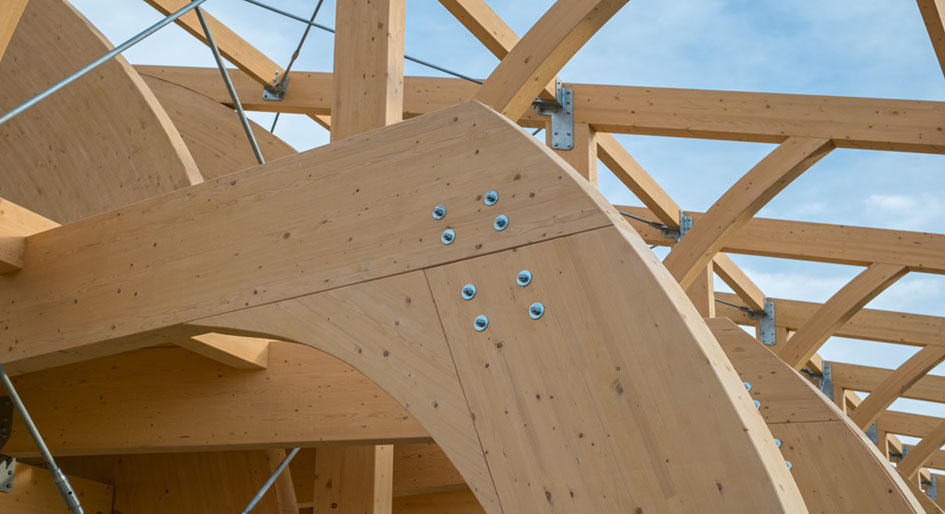Mass timber buildings are continuing to increase in size, height and complexity around the world. In B.C., legislation now allows for mass timber buildings up to 12 storeys. With climate change at the forefront of conversations, the provincial government is driving change in the built environment by mandating mass timber construction for new buildings in public procurements.
“We know that in order to drive the type of change we want to see in our built environment we have to take leadership in government. What we’ve done is created one of the only office of mass timber implementation offices in the world,” said Ravi Kahlon, minister of jobs, economic recovery and innovation.
The minister spoke at the Building Transformation’s Timber in the Digital Environment: Spotlight on DFMA in Vancouver. The event brought together mass timber experts with technology innovators from across the globe to discuss the interface between design in the digital environment and the innovations happening within the design for manufacturing and assembly (DFMA).
According to Kahlon, mass timber is a triple-word score. It allows us to reduce our carbon footprint from construction, it adds value to our forestry sector, and it provides new opportunities for jobs, growth and innovation in every corner of the province.”
The government launched the Mass Timber Action Plan in early 2022, which focuses on people, the economy and the climate. B.C. is demonstrating leadership by using mass timber in public-sector buildings.
“Now new buildings like the Royal BC Museum, student housing, care homes will be using mass timber in them. We’re using public procurement to drive that demand so that we can see more manufacturing come online to create pathways for the private sector,” he said. “We’re building the first post-disaster fire hall in Saanich, in mass timber – one of the first in world.”
The goals include sharing lessons learned to overcome barriers to the development of mass timber expertise and construction, and ultimately expand the use of mass timber in B.C.,
“Another key initiative that we have is to partner with FII to fund private sector developments – providing some dollars to address premiums many developers to face,” said Kahlon. We also know training people will be very important. We have to have skilled workers so that as we transform, we have the workforce to support it.”
Mass timber education is getting a boost at BCIT through a new program and the new BCIT Trades and Technology Complex under construction. The complex will include a campus services building built of mass timber, a carpentry pavilion with a mass timber roof structure and a covered marine workshop, which will provide a structure fitted for the assembly of mass timber projects.
“We’re super excited. We have 307 buildings that are either completed or in process of being built out of mass timber. B.C. has more projects than the US combined. We’re taking advantage that we have early on to drive this,” said Kahlon.
Cheryl Mah is managing editor of Construction Business.










